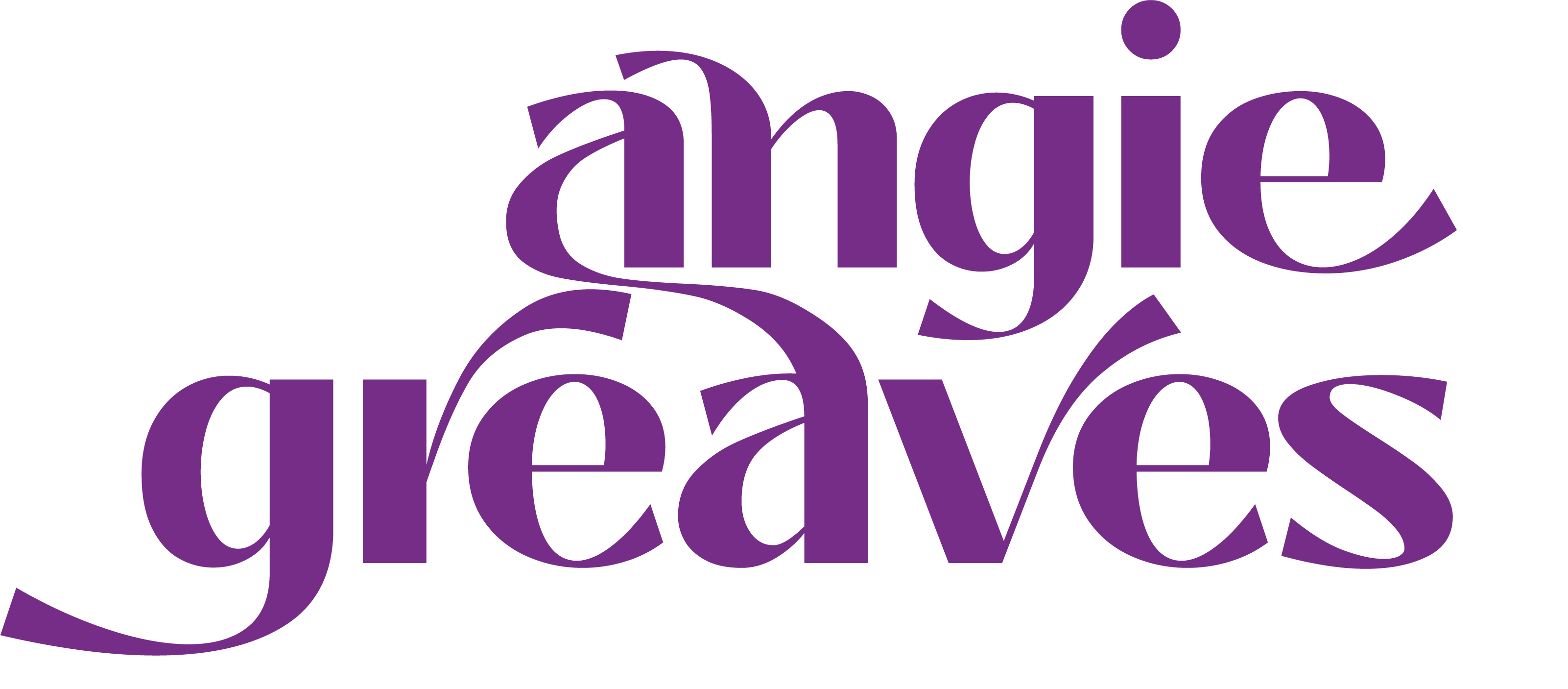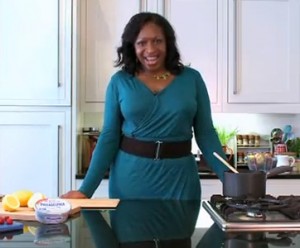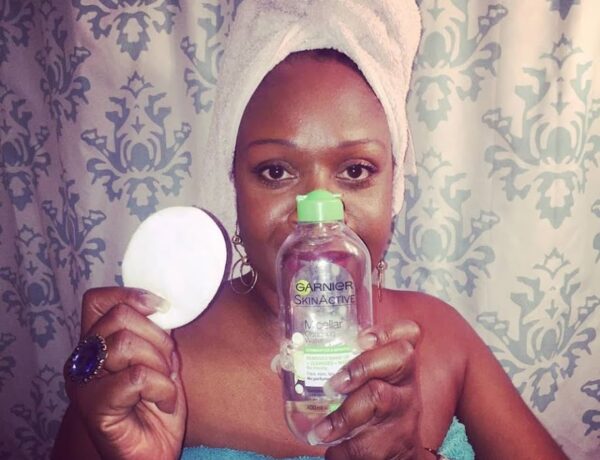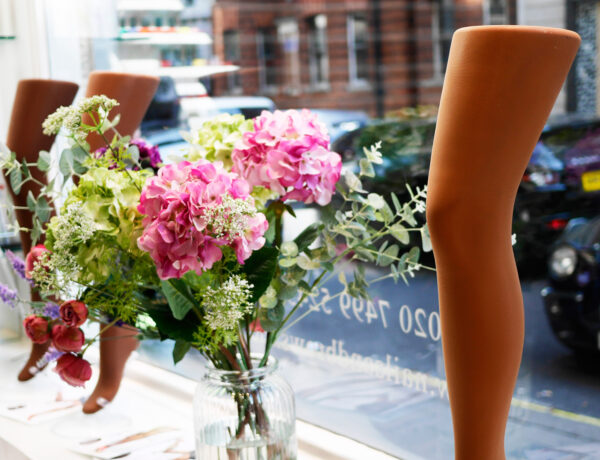Feeling Fab contributor Tola discloses ‘What Makes A Good Moisturiser’ in the 2nd part of her 3 part hair series; to help you choose the one which is best for your hair.
The best moisturisers are water based and the first ingredient in the list really should be water. There are an increasing number of products on the market, which use botanical extracts within an aqueous base. This can cause confusion in the ingredients list when the water element is not correctly listed. However, if the product is creamy, you can be sure there is some form of water within the formula.
Whether you choose a creamy or watery product is entirely dependent on your hair and your lifestyle. Watery, spray based products can be quick to apply and immediately hydrating, but can also lack the conditioning benefits of a creamier formula. They are also not practical for those with relaxed hair as it may ruin a heat based style. They however, become invaluable when it has been a while since you relaxed your hair and need easy access to your new growth.
Moisturisers often contain humectants as these ingredients attract water from the atmosphere into the hair shaft, providing all day moisture. Glycerin, aloe vera, sodium lactate, propylene glycol and sodium PCA are popular commercial choices. Honey is also an excellent humectant but is more commonly used in conditioners. Humectants are not to everyone’s tastes however, especially those who live in extremely humid climates or are prone to frizzy hair.
Moisturisers can contain oils and butter but they tend to appear further down the list as the primary goal is to add moisture. Cream based moisturisers almost always contain some sort of lipid and a higher amount of it, whether natural or petroleum based. Spray based moisturiser will often use lower amounts of oil. Many people avoid moisturisers that contain mineral oil or any other petroleum based ingredients, preferring to use natural oils, which have additional benefits.
Below is a short and in no way exhaustive list of ingredients which can often be found in a moisturising product.
Behentimonium Chloride/BTMS/Cetrimonium Chloride/Cetrimonium Bromide – these act primarily as an emulsifying agent but because they are cationic quaternary compounds, they provide exceptional conditioning properties. This is what makes hair feel soft and easy to comb.
Aloe Vera – known to have anti-inflammatory properties, aloe very is a popular addition as it is also a great moisturiser.
Hydrolysed proteins – hydrolysed proteins usually have a smaller molecule size so they can penetrate and adsorb to the hair shaft. Proteins help strengthen hair by filling in holes and cracks in the hair shaft caused by damage, kind of like polyfiller. They also provide a great barrier on the hair shaft to prevent water loss.
Cetyl/Cetearyl alcohol – these are saturated fatty alcohols, not to be confused with the boozy drying kind. They act as a thickener and impart an emollient feel to the product.
Botanical extracts – this is the concentrated from of botanical matter and is usually extracted using some sort of solvent which can either be water, oil or alcohol. Depending on the botanical used, it can provide a range of benefits for hair and scalp. Popular extracts include nettle, rosemary, lavender and horsetail, marshmallow, amla, brahmi and neem.
Sources
Natural Haven
Point of Interest (http://swiftcraftymonkey.blogspot.co.uk)





























